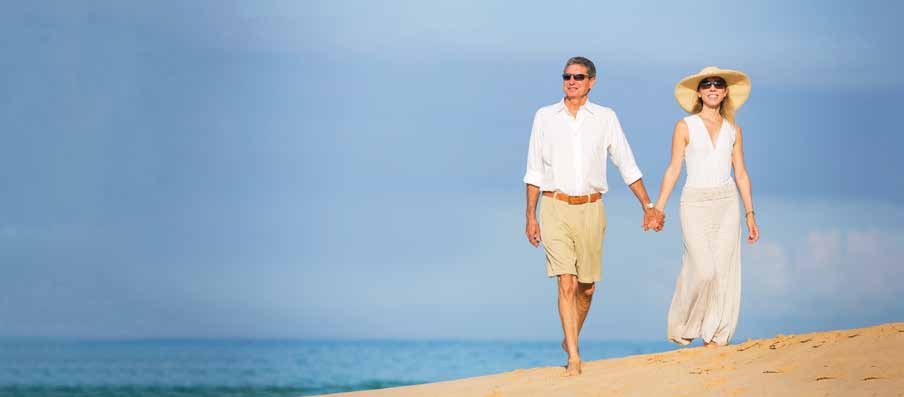TOGETHER WE MOVE! by Svetlana Kogan, M.D.
 Hardly anyone would be surprised today with a thesis that living a sedentary life is very bad for your health. And yet, in the contemporary post-Covid world with many people working from home, sitting is now a risk factor for Type 2 Diabetes Mellitus, Insulin Resistance and mortality in general. In fact, physical inactivity is rapidly becoming a major global concern with the World Health Organization recently ranking physical inactivity 4th on the list of risk factors for non-communicable diseases —only behind high blood pressure, smoking, and high sugar.
Hardly anyone would be surprised today with a thesis that living a sedentary life is very bad for your health. And yet, in the contemporary post-Covid world with many people working from home, sitting is now a risk factor for Type 2 Diabetes Mellitus, Insulin Resistance and mortality in general. In fact, physical inactivity is rapidly becoming a major global concern with the World Health Organization recently ranking physical inactivity 4th on the list of risk factors for non-communicable diseases —only behind high blood pressure, smoking, and high sugar.
Research also reveals that each additional hour of daily sedentary time is associated with 1.15% higher liver fat content. Another recent study with over eight thousand participants found that greater sedentary time was associated with greater risk of cancer mortality; This study has also successfully demonstrated that every little bit of movement counts. Replacing as little as 30 minutes of sedentary time with low-intensity physical activity or moderate to vigorous physical activity—lowered risk of cancer mortality by 8% and 31% respectively.
In a society, starkly aware of the increasing prevalence of dementia, it is important to remark on the significant positive effect exercise can have on the brain. Exercise decreases neurodegeneration, improves learning and memory, improves insulin sensitivity, lowers blood pressure, improves immune function, and modulates anti-inflammatory processes. Some types of exercise have been well studied in certain health conditions. For example, three weekly 60 minute sessions of aerobic
training have been shown to improve executive functions among older people diagnosed with ischemic vascular dementia. Aerobic and resistance training have improved memory scores in various stages of Alzheimer’s Dementia. The underlying mechanism of this improvement is becoming clearer too: Exercise increases levels of dopamine, norepinephrine, serotonin, acetylcholine, GABA, and glutamate, as well as endorphins (intrinsically produced opioids). This is truly a broad spectrum
of neurotransmitters and neuromodulators required for the healthy and balanced nervous system.
How much exercise is recommended? According to the American College of Sports Medicine, healthy adults ages 18-65 should engage in at least 150 minutes of moderate intensity of aerobic activity each week or vigorous aerobic activity for a minimum of 20 minutes on three days per week.
Science and Medicine aside, movement is one of the most basic human joys —and a great opportunity for self expression. People move in different ways. They swim, dance, do water aerobics, walk, jog, bike hike, play various sports, engage in yoga, tai chi, mow their lawn, do gardening, and the list goes on and on.
A noteworthy reminder is that Southwest Florida has been proudly designated as a Blue Zone—a recognition of a community that strives towards health and longevity. Let’s take a look at what Power Nine Principle Number 1 from Blue Zones says: “Move Naturally: People living in the Blue Zones (areas of the world with the longest-living communities) keep themselves fit.” But unlike those who probably live in more urban areas, they don’t enroll in gyms or follow a specific exercise plan. Instead, they prefer to move naturally.
In Sardinia, Italy, people may forage the mountains for plants they can incorporate in their dishes. Meanwhile, the Greeks in Ikaria would love to spend their days gardening or visiting their neighbors on foot. Natural movements are advantageous to older adults, who may already have physical limitations to participate in rigorous or strict workouts. Brisk walking for at least an hour a week could already decrease the odds of disability, according to a Northwestern University study.” The “Move Naturally” principle calls for any kind of movement versus being sedentary, and is so easy to incorporate into anyone’s lifestyle. It is also a great solution for prevention of loneliness, depression, suicide, and anxiety as multiple studies have shown. No matter how you decide to move, remember to start slow and gradually work your way up in time and intensity. Remember to breathe. Try to include family members and friends into your new movement routine. Hopefully more and more people will decide to partake of this Nature’s free and potent antidepressant.
Dr. Kogan is a Concierge Holistic Internal Medicine doctor in Naples.
Her website is CustomLongevity.com.




Leave a Reply
Want to join the discussion?Feel free to contribute!